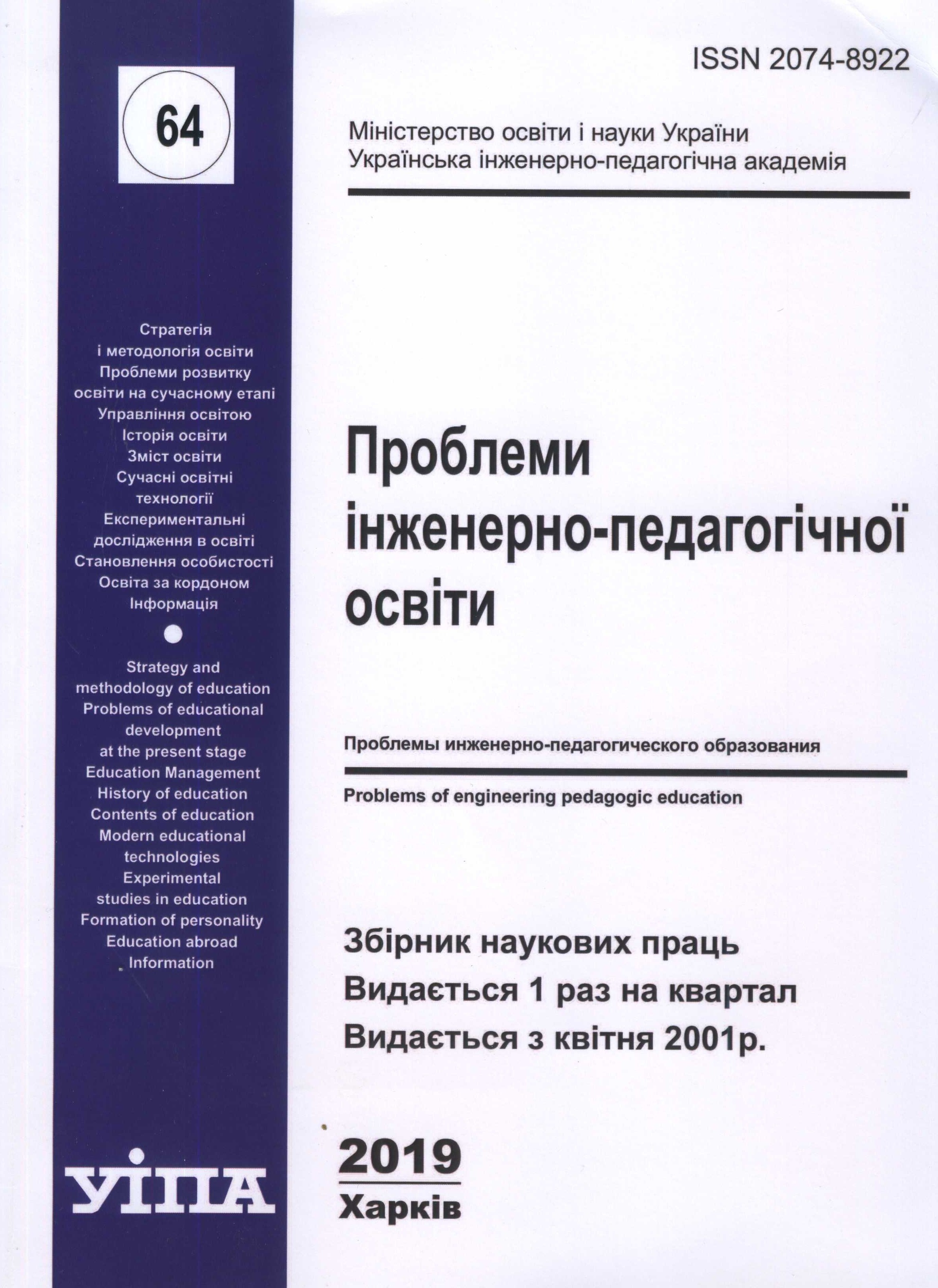Conceptual model of the formation of the concept "a steam boiler" and training-oriented classification of the features of this model
Abstract
https://doi.org/10.32820/2074-8922-2019-64-16-28
The successful development of the energy sector of Ukraine requires highly qualified specialists in thermal power engineering. Traditionally, such training is based on studying the course of the engineering discipline “Fuel, furnaces and steam boilers of thermal power plants and nuclear power plants”. According to the content of the discipline, the technology of thermal power production at thermal power plants and nuclear power plants can be described as a complex system, the integrating and defining component of which is a steam boiler. Therefore, it is necessary to note a significant contradiction between the sharp increase in the information content of the discipline under study and the simultaneous reduction in the time required for its study. Therefore, this work is devoted to the development and implementation of a model of knowledge representation about steam boilers at thermal power plants and nuclear power plants in the educational process, where one of the main characteristics of this model is its adequacy to mental processes and mechanisms of assimilation and representation of knowledge in human memory. Ultimately, this should increase the effectiveness of the educational process. Based on the results of a literature review of the main textbooks on the discipline, which are most often referred to today in methodological and scientific works, an analysis of the representation of the system of existing basic concepts for describing the technology of steam generation in steam boilers at thermal power plants was carried out. It was proved that as a basic model for the representation and formation of concepts, preference should be given to models based on semantic features. Such a model provides the necessary conditions for the development of the logic of thinking, the formation of a scientific worldview about the relationships of processes and objects, the disclosure of the action of the laws of heat and mass transfer that determine this technology. Based on the results obtained, a conceptual model for the formation of the concept of "Direct-flow steam boiler of supercritical parameters" was developed. The model contains sets of hierarchical features that represent the purpose, structure, composition, construction, principles, mechanisms of action and functioning, parameters, characteristics and properties of the steam boiler. In turn, for such a model, a learning-oriented classification of concepts describing the model of formation of the concept of a steam boiler has been substantiated and developed. In the hierarchy of classification features, defining features are highlighted that make possible the effective representation of this model. Here, the feature to which the main characteristic of the boiler's operation is most sensitive, namely the parameters of the steam (working medium) that it produces, has been chosen as the defining feature. The main advantage of using such a defining feature is that at the initial stage of studying a steam boiler, when forming its figurative model, the student refers to previously studied and known concepts and physical laws.

